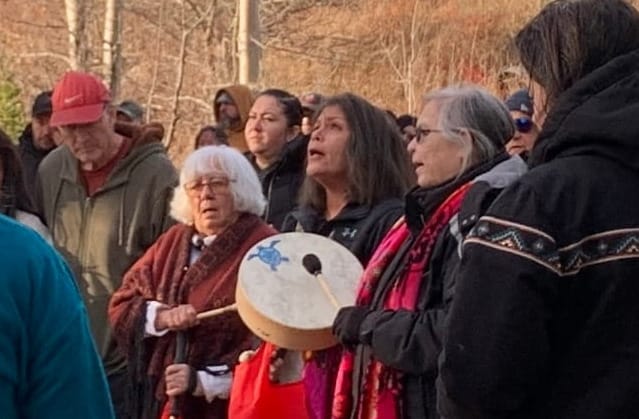Whale sightings jump
The 2009 whale-watching season in the waters around Campobello Island will long be talked about as the best in recent memory.
The 2009 whale-watching season in the waters around Campobello Island will long be talked about as the best in recent memory. "I have been in the whale-watch business since 1995 -- 15 seasons --and I have never seen this many whales in one day," says Mackie Greene, owner of Island Cruises Whale Watch. Robert Fitzsimmons, crew member of the Mister Matthew, nods in agreement. "We saw four different kinds of whales today -- right whales, finbacks, humpbacks and minke whales. It does not get any better than this." Right whales are one of the most endangered whales, with an estimated population between 350 to 400.
Burrell Brown on Captain Riddle's Whale Watching Cruises was idling the Brandelo in "the river" -- the channel between Campobello Island and Deer Island -- when "a humpback whale breached right in front of the bow. You could go the rest of your life and never see something like that again." Lois Rydell, who was standing at the bow with her mother and niece when the humpback breached mere feet away, saw "barnacles and his white belly" as the humpback towered over them and then slammed back into the sea.
Campobello Island residents living on the shore are hearing loud whale blows throughout the night. Casco Island residents Mike and Karen Kaiser are serenaded nightly by humpbacks. "I woke up this morning around 5 a.m. to the sound of two humpbacks blowing bubbles," Mike Kaiser said recently. "It sounds like fireworks. First you hear something like a 10 second roar of water, as the bubbles break the surface. Then about 20 seconds later, you hear an exhale and an inhale from each whale. Then the whole thing repeats within a minute or so."
Many local people believe the two recent tropical storms that brushed the area have brought more whales, including the endangered right whales, closer to Campobello Island. Roz Rolland, senior scientist of the New England Aquarium's right whale research field station in Lubec, explains, "We don't know why the right whales are here." The whales were found around the Wolves before, between and after the storms. Rolland adds, "We suspect it has something to do with their food, because right whales go where the food is. They are eating planktonic copepods, that are like little sticks of butter to them, full of fat." Right whales are baleen whales and do not eat fish.
Rolland sees an increase in the number of right whales in the area. "The last time a large number of right whales were this far north was during the summer of 1980 -- nearly 30 years ago."
Humpbacks, finbacks, minkes and right whales are everywhere off Campobello Island this whale-watching season.
Rolland comments, "If there is one message I would like to get across is for everyone to go very slowly in the bay. Just because you do not see a whale at the surface, it may be right below." After a pause, she adds, "We are very concerned there may be a boating accident with a whale."

